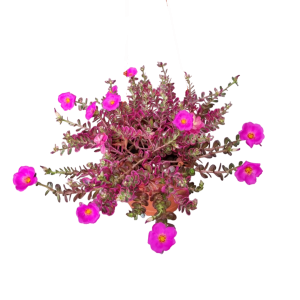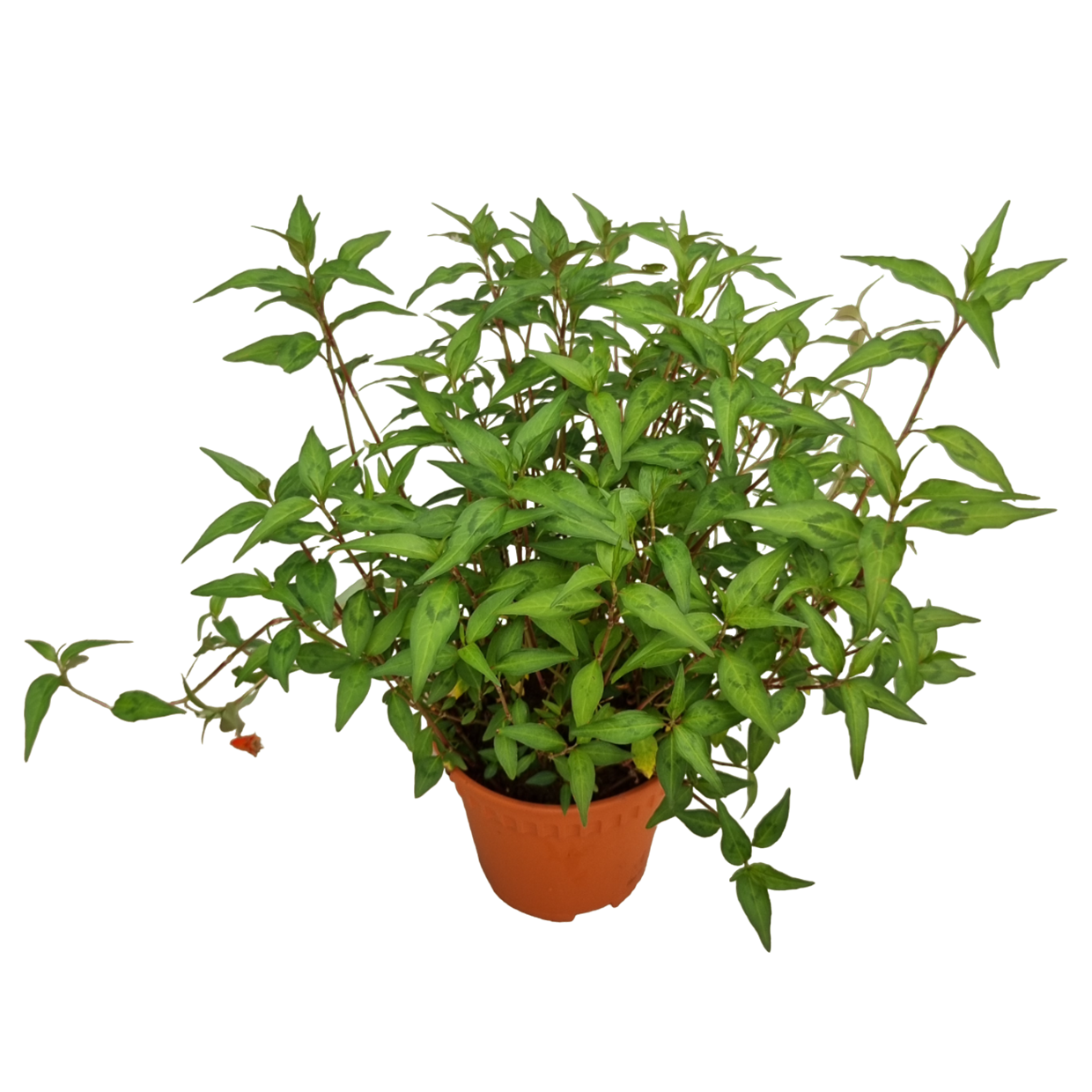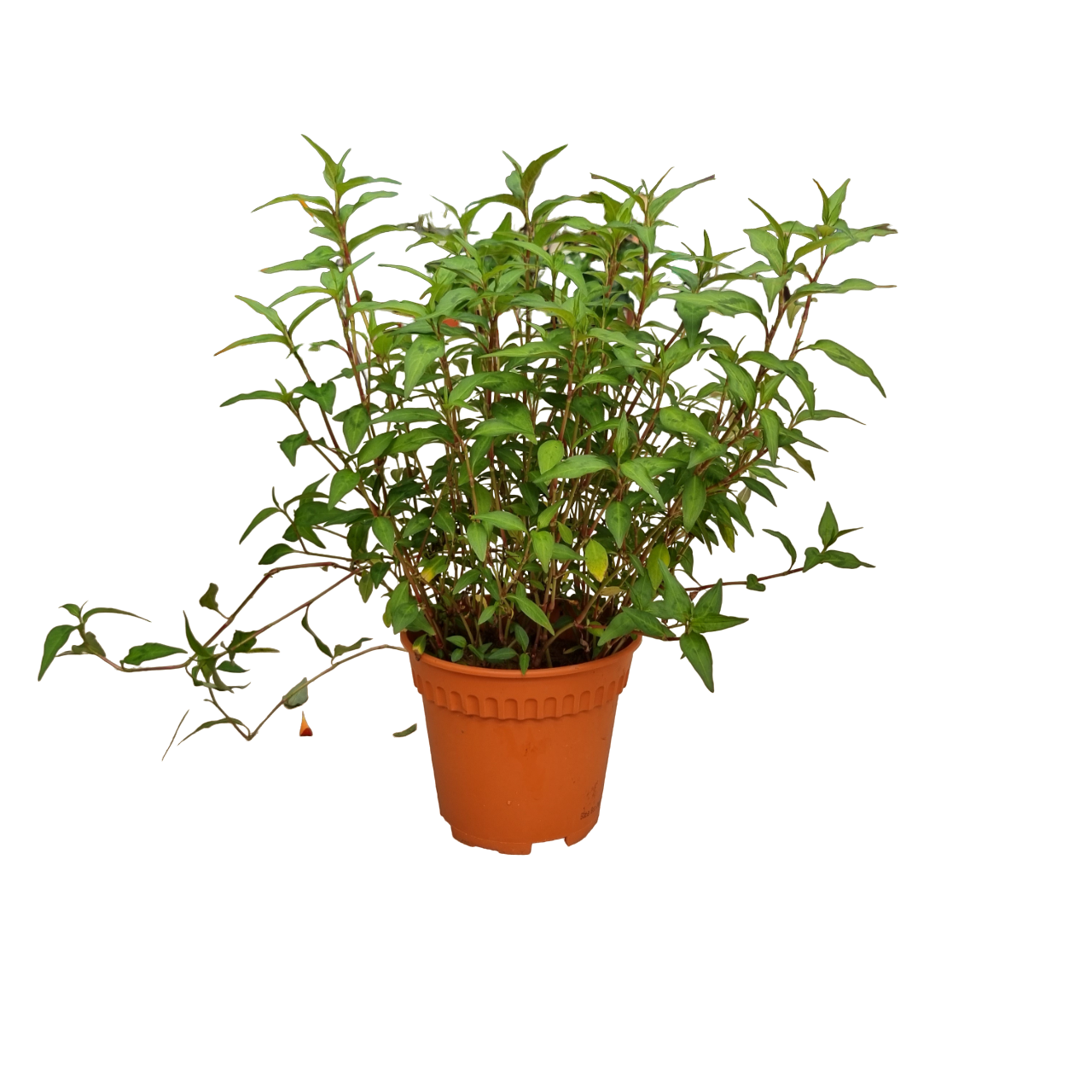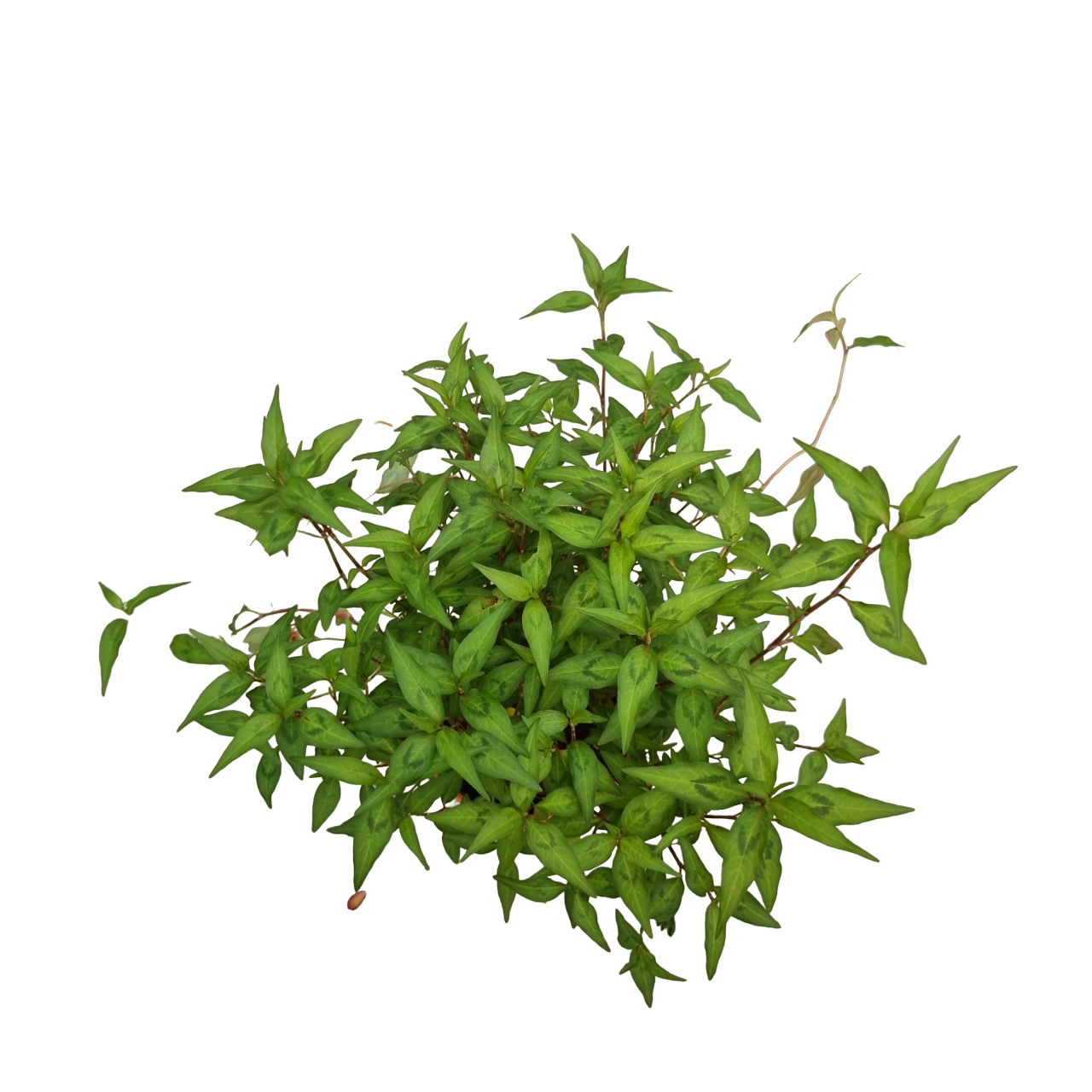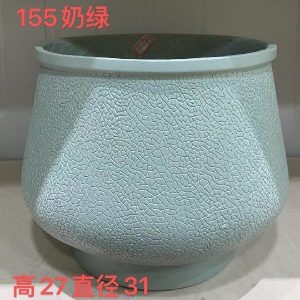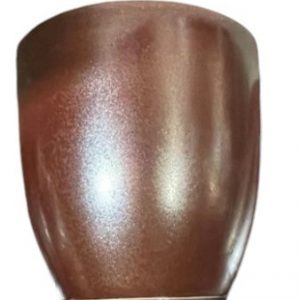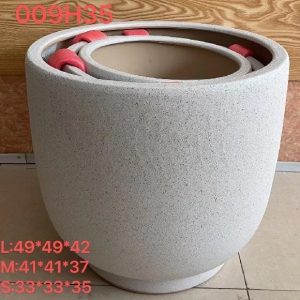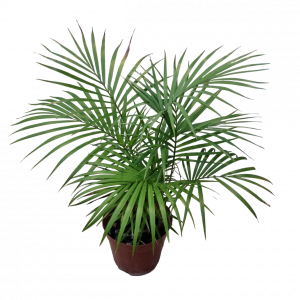Persicaria odorata, commonly known as Laksa Leaf, is an aromatic herb native to Southeast Asia, particularly valued for its distinctive flavour and fragrant leaves. Often used in traditional dishes such as laksa, a popular noodle soup, the leaves impart a unique, slightly peppery and citrusy taste that elevates many local cuisines. Known for its broad, lance-shaped leaves that grow in clusters, Laksa Leaf is a fast-growing, perennial plant that thrives in tropical conditions. It can be grown in gardens or containers and is prized for both its culinary uses and medicinal properties, including its reported ability to aid digestion and offer antimicrobial benefits.
Light Requirements: Laksa Leaf thrives in bright, indirect light, although it can tolerate some direct sunlight, particularly in the morning or late afternoon. Ideally, the plant should be placed in a location that receives 4 to 6 hours of indirect sunlight daily.
Watering: This herb prefers consistently moist soil but should not be overwatered. Water the plant when the top 2-3 centimetres of soil feel dry to the touch. Ensure that the soil is well-draining to prevent waterlogging, as this can lead to root rot.
Soil Conditions: Laksa Leaf thrives in well-draining, loamy soil that retains moisture but allows for proper drainage. A mix of garden soil, compost, and perlite is ideal for ensuring healthy root development. When planting in containers, make sure the pot has drainage holes to allow excess water to escape. The plant does well in rich, organic soil that supports vigorous growth and healthy foliage.
Fertilising: Fertilise Laksa Leaf with a balanced, water-soluble fertiliser to encourage robust growth and lush foliage. Organic fertilisers such as compost or well-rotted manure are also effective in providing nutrients. Avoid over-fertilising, as this can result in excessive foliage growth at the expense of flavour.
Pests: Laksa Leaf is generally pest-resistant, but it can occasionally attract aphids, mealybugs, and spider mites. Regularly inspect the leaves and stems for signs of pests, such as sticky residue or discoloured patches. If pests are found, treat with insecticidal soap or neem oil. Good air circulation around the plant can help reduce the risk of pest infestations and fungal diseases.
General Care: Persicaria odorata is a low-maintenance plant that requires minimal attention to thrive. Ensure the plant receives adequate sunlight, keep the soil moist but not waterlogged, and provide a rich, well-draining medium. Pruning can help maintain a compact shape and promote bushier growth, especially if the plant starts to become leggy. With its fragrant leaves and culinary benefits, Laksa Leaf is an easy-to-grow herb that will enhance both your garden and your kitchen.
Lighting: Partial Shade
Watering: Water Thoroughly
Watering Frequency: Daily
Mealy bugs: Mealy bugs are small insects that feed on plant sap and can cause damage and transmit diseases. To control them, you can physically remove them, introduce natural enemies, or use insecticidal soap or neem oil. It’s important to monitor plants regularly and act quickly to prevent damage..
BIO-PLUS NPK 8-8-8-10+TE Organic Fertiliser: Every 2 Weeks.

